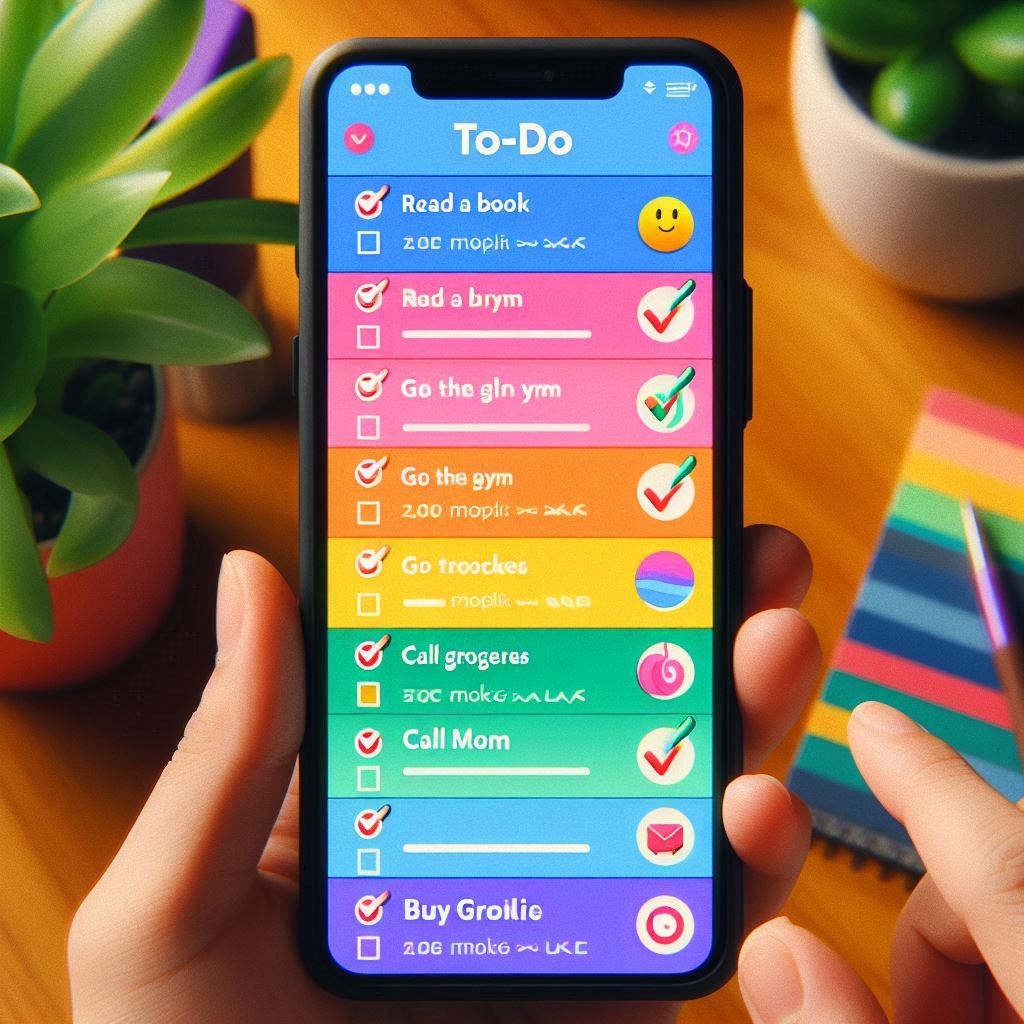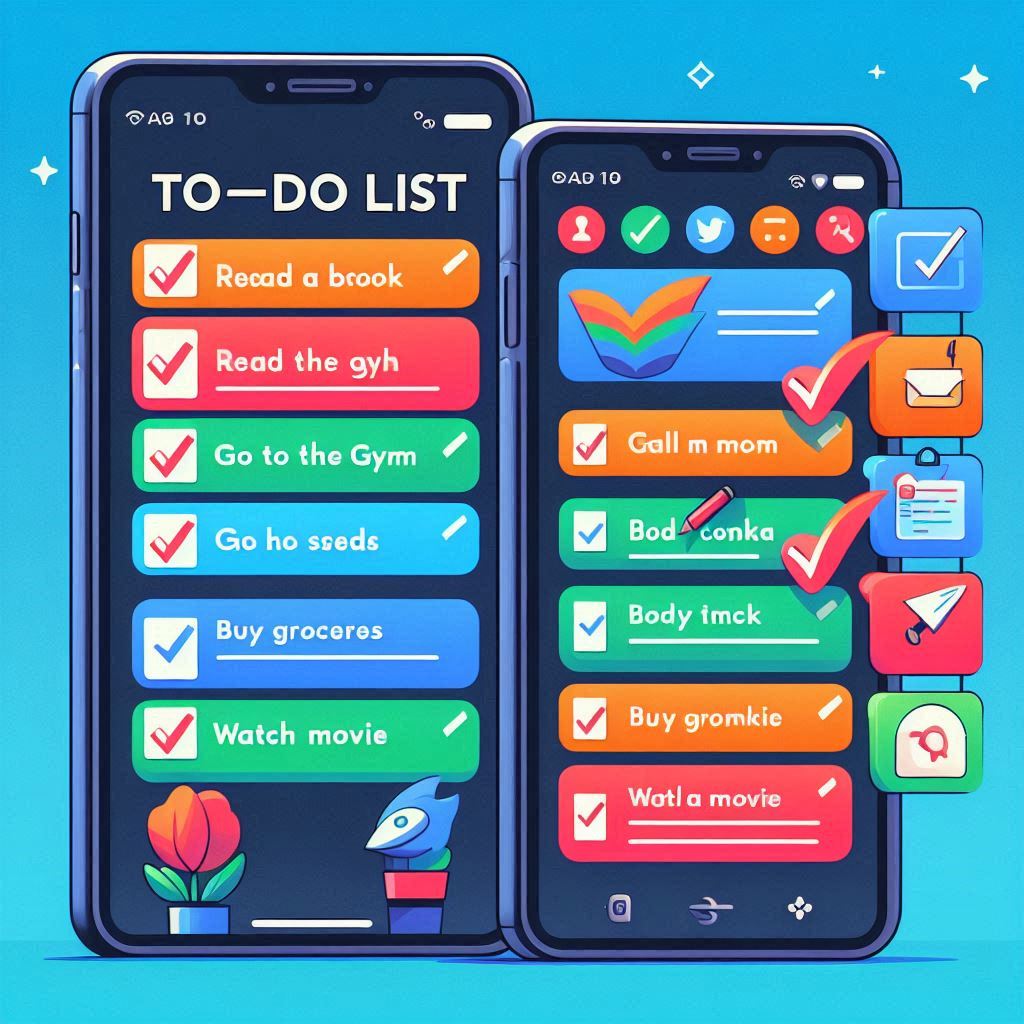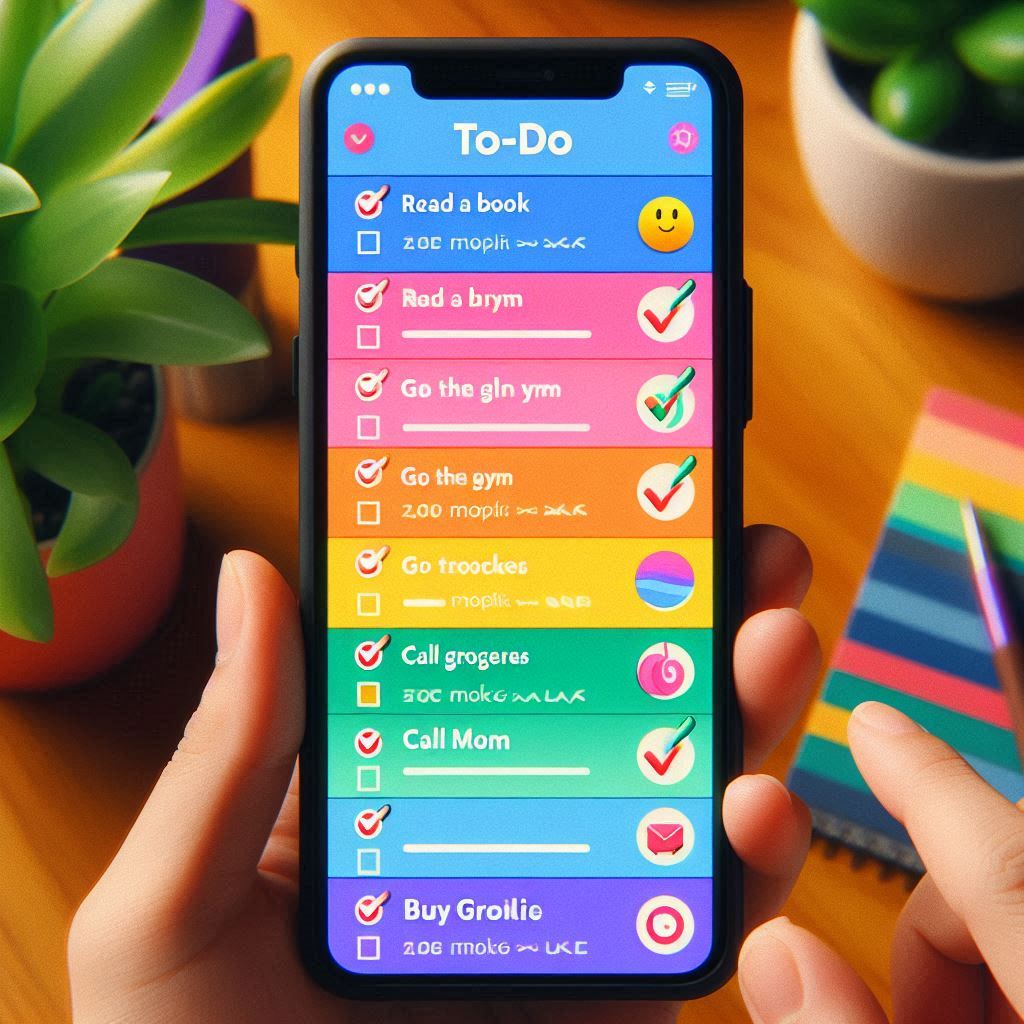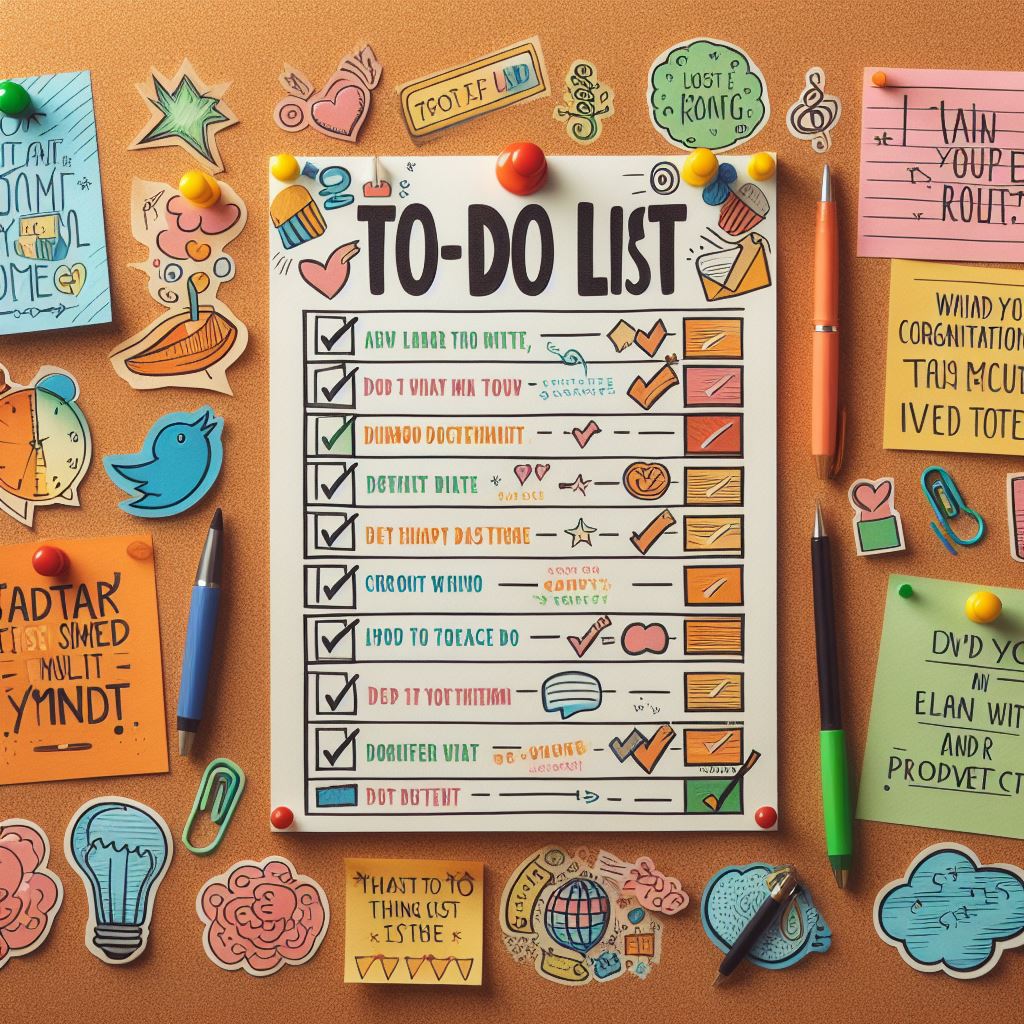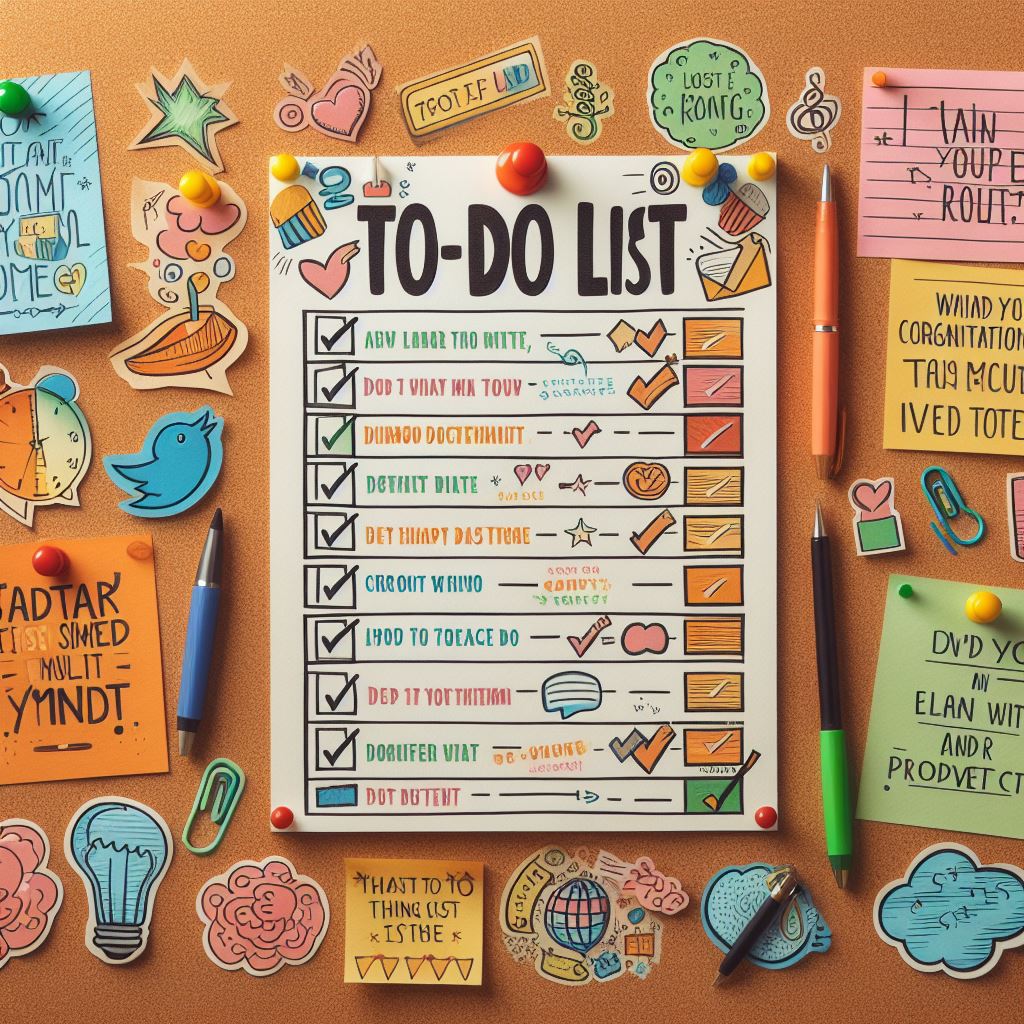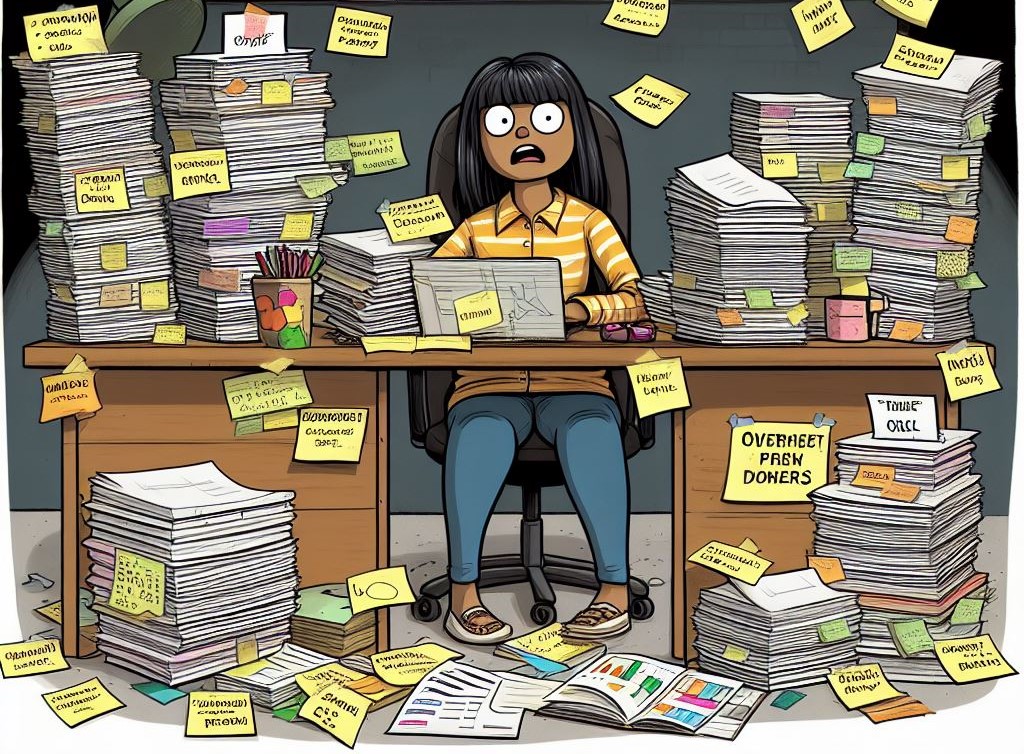How to Find the Top Weekly Planner for You
Max Sinclair
on
06/06/2024
In today’s world, where hustle culture and a productive mindset mean we are constantly being shown new ways of planning our weeks, it can feel like we’re being overwhelmed by options.
There are thousands of different weekly planners and planning apps out there, so how the hell are you supposed to know which one to pick? Here’s the thing: you shouldn’t just try to find the best weekly planner. You should try to specifically find the best weekly planner for you. Think about your life, your needs, and what you want from a planner, and then select a planner that aligns with that. Not sure how to do that? You’ve come to the right place.
digital or paper?
The first step to making a decision is to narrow it down, and when it comes to planners, the easiest way to eliminate a whole bunch of options is to decide whether you prefer to do your planning digitally or on paper.
If you’re on the fence about this as well, give this blog post a read, as I share some tips that you may find helpful. But perhaps you already know that you prefer paper planners so that you can use planner stickers. Once you’ve made this big decision, the rest should come easily.
what's your planning style?
Next, you need to figure out your planning style so that you can find a planner that aligns with this. Are you a very detailed person, or do you just need somewhere to jot down ideas? Do you want your planner to be basic and practical, or a place where you can express your creativity?
Figuring out how you like to plan can help you determine what to plan with. Some people love cracking open a new planner and going to their favourite craft stores so that they can decorate their weekly pages.
But others like a simple monthly planner that they can then use to break down their weekly pages in an undated planner. You may enjoy the creative aspect of bullet journaling or want to try your hand at habit tracking, in which case you may need a weekly planner that allows for this, rather than a basic weekly lifeplanner that only has space for a few daily tasks. Your planning style determines your perfect planner.

Do you have any specific requirements?
You also need to think about anything that is an absolute must in a planner. Most planners have some standard inclusions like monthly calendars and to-do lists for your weekly tasks, but sometimes, you need something extra.
Maybe you want a planner that has time slots so that you can keep track of appointments. If you use a digital planner, you may want to choose one that syncs with different apps, or one like Forzeit, which allows for templating.
Or maybe you want pages dedicated to note pages. Or some time management element. Some people want to have a monthly calendar included in their paper planner or look for a specific weekly layout in their weekly planners so that they have enough writing room to plan ahead.
Everyone has some non-negotiable things that they look for in their planners, so look for a weekly planner that offers you what you need.
which size is right?
If you select a physical planner, you need to think about which size suits your lifestyle. If you have a lot of stuff to get done and your planner has a permanent home on your desk, then a bigger planner might be better.
But if your planner is always coming with you, you may want a small planner that’s easy to transport – or a digital one, since you can simply bring your phone with you to access it. Similarly, if you just need a place to keep your to-do lists, a small notebook may be the only “planner” you really need.

does it suit your aesthetic style?
Yes, planners are there to be practical and help us be productive, but that doesn’t mean that they can’t be fun.
There are thousands of planners out there to match any aesthetic, from minimalist to colourful and everything in between, so choose one that sparks joy and inspires you to actually use it.
what do the reviews say?
Finally, look at what others have to say about the planner. What do they like, and what don’t they enjoy? Use this to guide you in selecting the perfect planner for you, and don’t be afraid to ask loved ones for recommendations!
final words
In conclusion, there are many weekly planner options out there, and the key is to find one that works for you. Because the thing is, the “perfect” planner for one person might not be the perfect planner for you. In the end, as long as you have a planner that allows you to get stuff done and that you enjoy using, that’s all that matters. Finding the top weekly planner for you really doesn’t need to be as hard as it seems!


